Red
Art and utopia in the land of Soviets
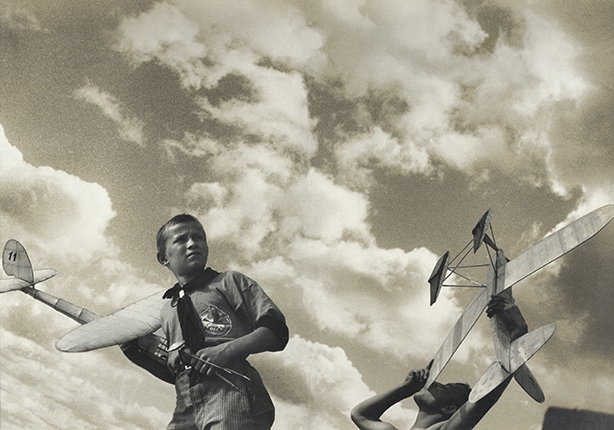

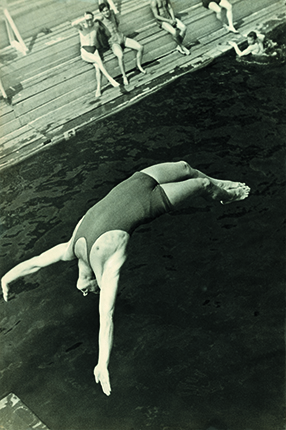
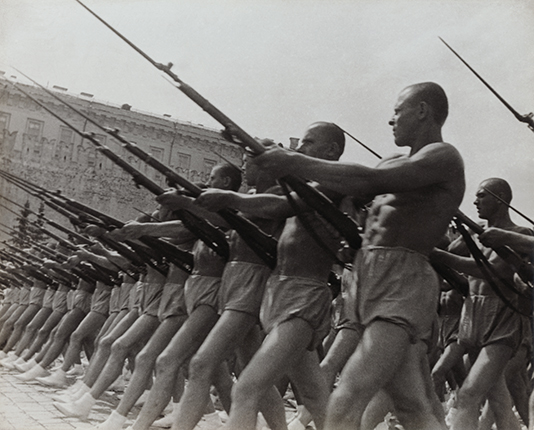
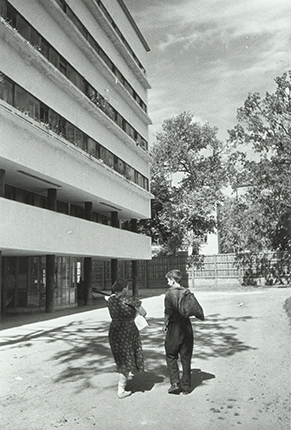
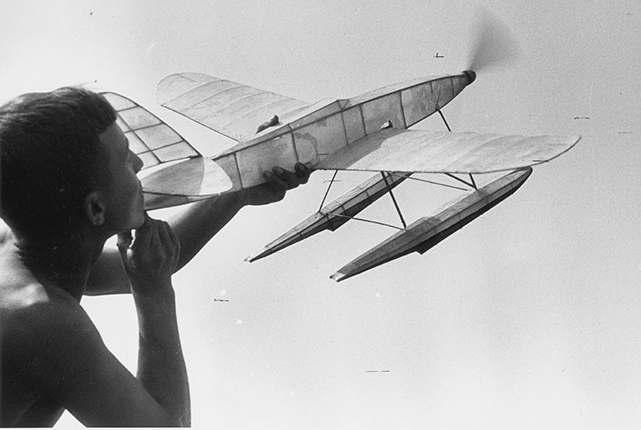
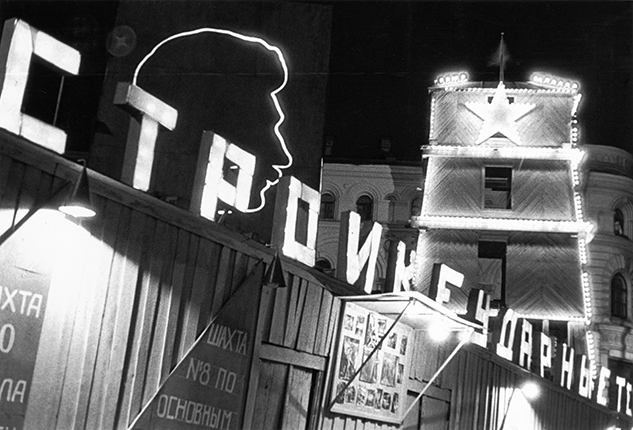
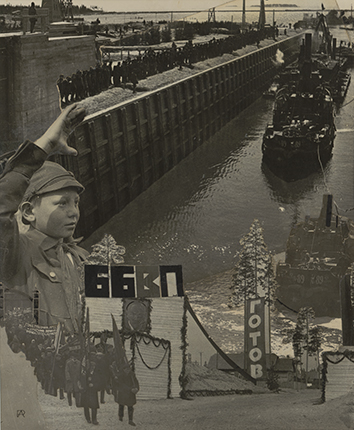
Photomontage. Alexander Rodchenko, Varvara Stepanova. Young Gliders. Sketch of a double page for the magazine “USSR in Construction”. 1933. Collection of the Multimedia Art Museum, Moscow © A. Rodchenko – V. Stepanova Archive/ Multimedia Art Museum, Moscow
Photography of Alexander Rodchenko. Work with an Orchestra. From the series “Construction of the White Sea-Baltic Canal”. 1933. Artist’s silver gelatin print. Collection of the Multimedia Art Museum, Moscow © A. Rodchenko – V. Stepanova Archive/ Multimedia Art Museum, Moscow
Alexander Rodchenko. Jumping into Water. 1934. Artist’s silver gelatin print. Collection of the Multimedia Art Museum, Moscow. © A. Rodchenko – V. Stepanova Archive/ Multimedia Art Museum, Moscow
Alexander Rodchenko. Tilt Your Guns. Moscow, Red Square. 1935. Artist’s silver gelatin print. Collection of the Multimedia Art Museum, Moscow © A. Rodchenko – V. Stepanova Archive/ Multimedia Art Museum, Moscow
Mikhail Prekhner. Narkomfin commune building. USSR, Moscow, 1930s Silver gelatin print. Collection of the Multimedia Art Museum, Moscow © Multimedia Art Museum, Moscow
Mikhail Prekhner. Model aircraft enthusiast. USSR. 1934. For the magazine USSR in Construction, 1935, №1. Silver gelatin print. Collection of the Multimedia Art Museum, Moscow © Multimedia Art Museum, Moscow
Boris Ignatovich. The construction of metro (“Construction – full tilt”). USSR, Moscow, 1934. Paper FB, silver gelatin print. Collection of the Multimedia Art Museum, Moscow © Multimedia Art Museum, Moscow
Photomontage. Alexander Rodchenko. “BBVP is Ready”. Photomontage for the magazine “USSR in Construction”, dedicated to the building of the White Sea-Baltic Canal. USSR, 1933. Artist’s print. Collection of the Multimedia Art Museum, Moscow © A. Rodchenko – V. Stepanova Archive/ Multimedia Art Museum, Moscow
Paris, 20.03.2019—1.07.2019
exhibition is over
Grand Palais
Avenue Winston-Churchill, 75008 Paris, France
Thursday — Monday from 10 am to 8 pm, Wednesday from 10 am to 10 pm; closed on Tuesdays and the 1st of May and 14th July 2019.
Page of the exhibition on the website of Grand Palais
For the press
Red Art and utopia in the land of Soviets
The October revolution of 1917 led to an upheaval in the social order, the repercussions of which proved decisive in terms of artistic creativity. Many artists were committed to the communist cause and wanted to participate in the construction of the new society through their works. Led for the most part by genuine convictions, as with Mayakovsky, these artists held opposing ideas on what the art of socialism should be. From the end of the 1920s, such debates were silenced by the Stalinist regime.
This led to the gradual establishment of socialist realism, an aesthetic doctrine that came to govern all areas of creativity. Such debates were followed closely in capitalist countries: many artistic exchanges were established with the young Soviet Russia, which attracted intellectuals and artists curious to discover the «fatherland of socialism».
It is this story, with its tensions and its ups and downs, that the exhibition relates through a series of important works on loan from the major Russian museums and the Centre Pompidou; a history where material innovations and ideological constraints, inextricably linked, raise the question of a possible politicisation of the arts.




